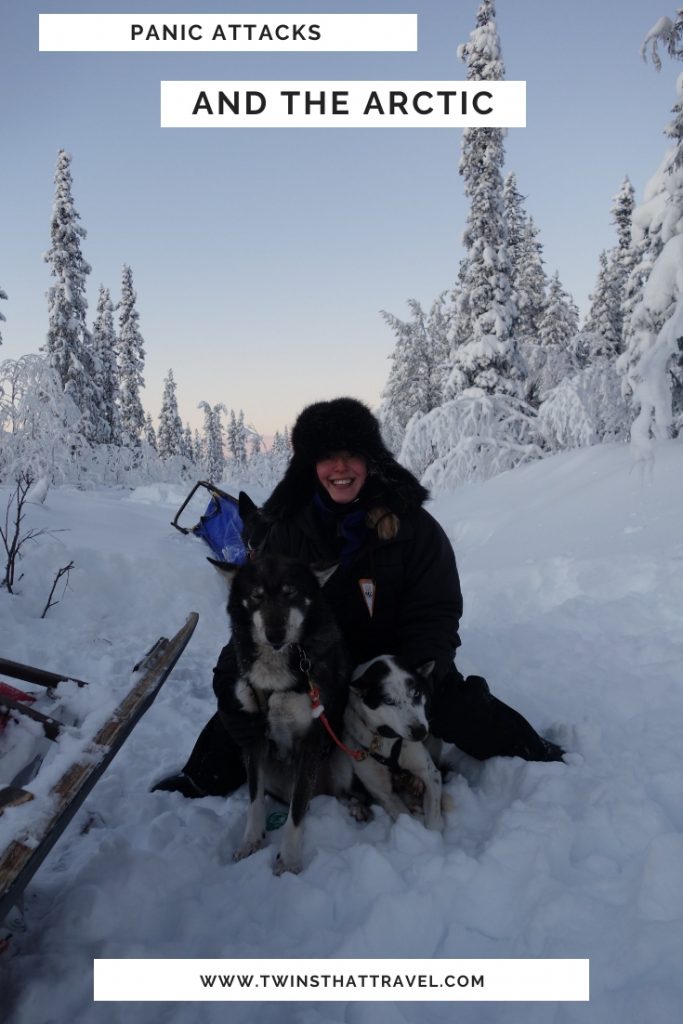In support of Mental Health Awareness Week 2019, we’ve put together a collection of essays on living with anxiety and our journey to managing it.
This second essay focuses on panic attacks.
Towards the end of 2015, and quickly nearing my 30th birthday, I decided to set myself a solo challenge – one that would take me far from my carefully constructed comfort zone and support network.
After a month of deliberation and many moments of self-doubt, I settled on a charity trek through the Swedish Arctic with a group of fellow adventurers I was yet to meet. Naturally, I was terrified – the thought of having a panic attack in the middle of the wilderness being my most pressing concern (the -30 degree temperatures and distinct lack of flushing toilets also causing a little anxiety).
For many who suffer from anxiety, myself included, panic attacks are perhaps the most dreaded symptom of this complicated beast, and can often trigger eventual panic disorder; an ironic, but self-perpetuating fear of panic attacks. Indeed, the more you begin to fear these adrenaline-pumping attacks, the more you tend to have.
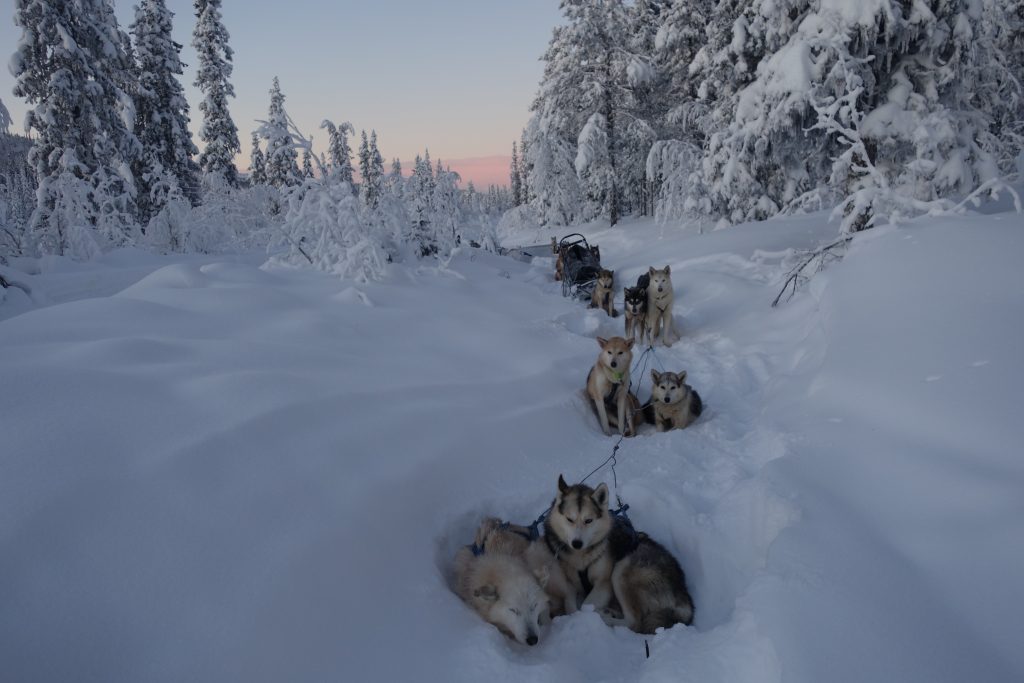
My journey with panic disorder began one unexpected autumnal morning, during an uneventful school assembly. Just turned seventeen, I was stood quietly in the school hall when my usual teenage thoughts (does my boyfriend really like my new Jane Norman skirt?) were suddenly and inexplicably replaced with a feeling of impending doom. As my heart rate soared, my vision clouded; the walls of the hall closing in. Feeling sick to my stomach, my legs shook uncontrollably and a feeling of panic flooded my body. I was about to die yet no one else had noticed; not a soul.
Related listening: Imposter Syndrome and the Blue Tick (Twin Perspectives podcast)
The fact that I can still remember this memory in such detail over 15-years on, evidences just how terrifying a panic attack can be and for those fortunate enough not to have suffered one, it can be hard to imagine. Surely it’s just a bit of butterflies? Sweaty palms? Take a look at Mind’s website and the suggested list of symptoms experienced during a panic attack include: a pounding or racing heartbeat, sweating, trembling or shaking, nausea, struggling to breathe and feeling faint, dizzy or lightheaded. Heaped onto this is an inexplicable sense of doom: a very real sense that life as you know it is about to end, all whilst stood in the most benign of places: McDonalds, your local supermarket or your parents’ front room. It’s disorientating, bizarre and incredibly distressing.
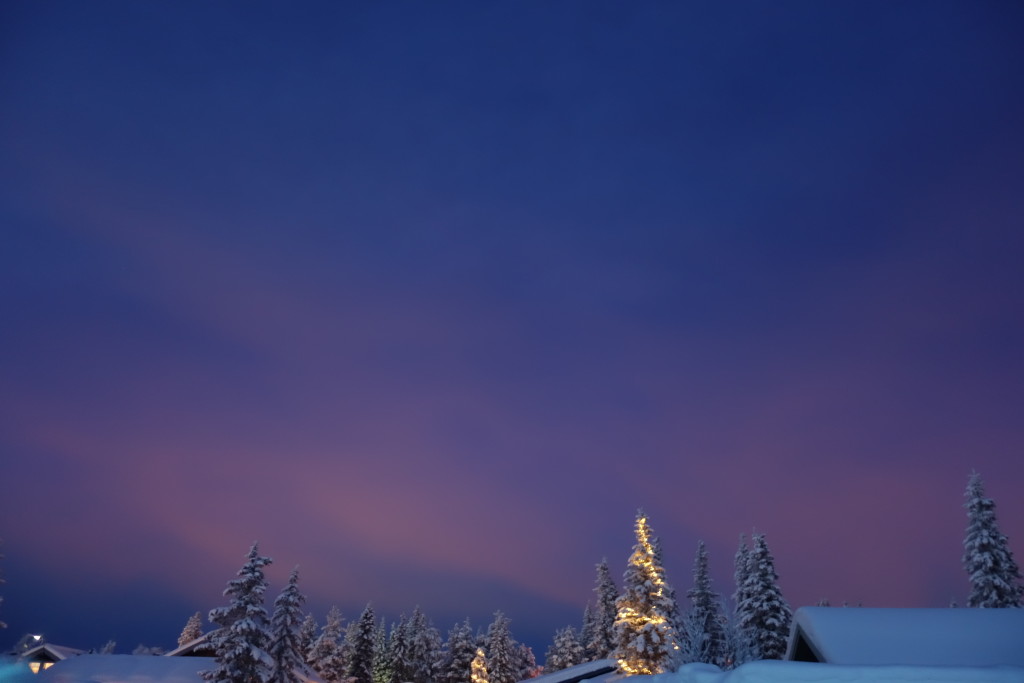
Despite attacks not causing any long-term damage or urgent need to seek medical help, many believe they are in the last throes of life, the experience so terrifying. I certainly did that cold October morning – quickly sending myself home from school as soon as I could; waiting for an imminent heart attack of catastrophic stroke. For obvious reasons, this is a situation I’ve therefore tried to avoid triggering ever since.
My expert dodging of any situation that could spark a panic attack became a coping mechanism that I’d go on to employ for much of my adult life; a technique medically termed as ‘avoidance’. Yet it’s a tactic that has done me little favours, instead leaving me anxious to do things alone and now over-reliant on others. It was these unhealthy habits that I was ready to break as I fast approached my 30th birthday, and where better to try than in the Arctic – a place where I was unlikely to find my Mum, husband or friends for support.
Read about my full Arctic adventure here
The night before I embarked on my journey to Stockholm, and then onto the tiny town of Kiruna in northern Sweden, I carefully tucked a knitted ‘Arctic Archie’ ice-man that my Mum had lovingly made, into a pocket of my backpack, alongside a small card a friend had given me the day before. It simply read: ‘Feel the fear and do it anyway,’. It was a mantra I continued to repeat almost obsessively as I boarded my flight the following morning, my hands trembling as I produced the crumpled boarding pass for the smiling flight attendant.
Pastel pink and purple hues gently lit the cabin of our small plane as we circled the icy runway of Kiruna; the northernmost town of Sweden located in the province of Lapland. Despite it only being 2pm, the sun was already dipping across the vast expanse of glistening snow that lay below us like a miniature, twinkling fairy tale. So stunned by the sheer beauty of the Arctic, I grabbed the arm of my new travel companion, Mary, and squeezed it tight – already forgetting a little about my nervousness around meeting new people.
Far from feeling alone, or on the cusp of panic at arriving in this wilderness, I felt elated. I couldn’t remember the last time I’d had an experience just for myself and I couldn’t quite believe I was here: it felt completely, gloriously surreal. Sending a quick text home to say I had arrived safely, I turned my phone off, slipped it carefully into a thermal sock and took my first steps off the plane into the crispy, clear Arctic air. Step one was complete and I was still standing. Take that anxiety.
On our first morning in Sweden, having successfully bundled ourselves into several thermal layers, boiler suits and ski coats, we gathered anxiously outside as our guides selected four huskies per adventurer for our expedition. With over 100 excited dogs yapping and yelping across the otherwise silent landscape, the situation was overwhelming. Familiar feelings of panic beginning to prickle below my many layers; I suddenly felt incredibly warm.
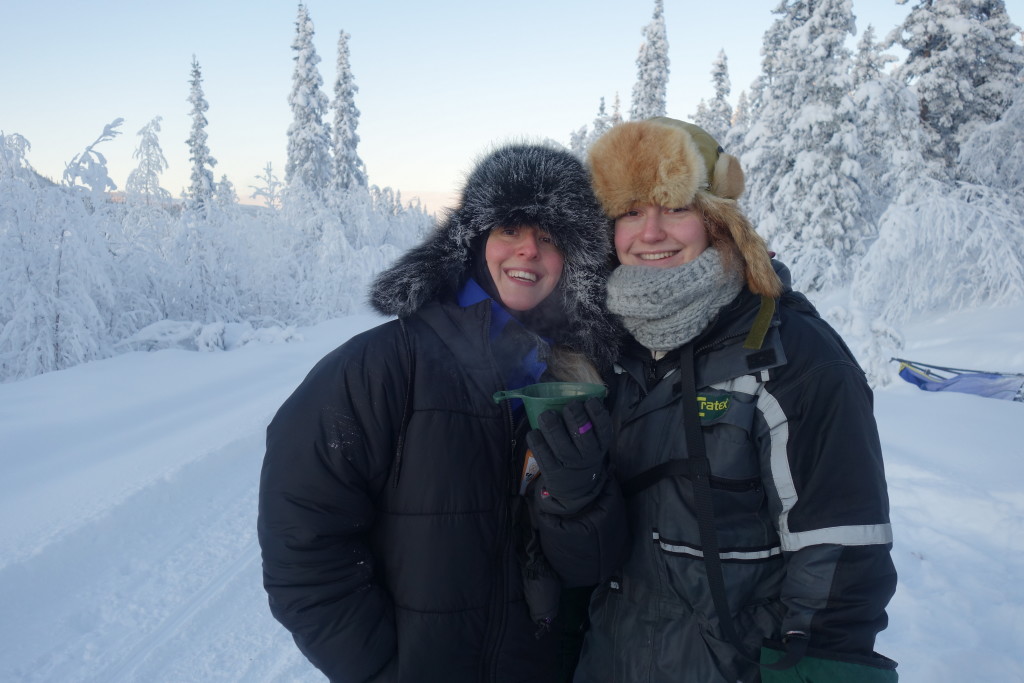
Gripping tightly to one of my huskies – Bono – as he pogoed through the 3ft thick snow, I yelled as my legs gave way and my furry (yet awful smelling) friend took off across the kennels. With the energy of a NASA rocket, I had little chance of stopping him and bounced behind like a human bouncy ball– humiliated and increasingly panicked. Eventually coming to a stop at a discarded food bowl, my team mates quickly hurried over to pick me up; dusting me down and giving me a gentle hug; silently acknowledging a few frozen tears now glistening on my cheeks. ‘We’ll look after each other,’ Mary said, as she helped me secure my frantic huskies into their harnesses, ‘Claire’, she said grabbing my arms, ‘Don’t panic’.
Nodding as convincingly as I could, I accepted this little nugget of comfort from someone I’d known less than 24 hours; beginning to feel at ease around people I didn’t know, and who certainly didn’t know about my panic disorder. Manoeuvring myself into my sled, my legs still shook as the whistles blew and our dogs leapt forward into the icy, toilet-free, wilderness of Lapland. There was no going back.
Related reading: Mental Health Awareness Week: Generalised Anxiety & Microadventures
The following five days were physically challenging with barely a moment to rest, aside from the dark, freezing nights cocooned in our thermal sleeping bags. From feeding the dogs and collecting fresh water, to foraging for moss for the fire and building an igloo, any fears of a panic attack were quickly forgotten; my body far too tired to summon up any extra doses of adrenaline. This was perhaps the first hint that panic attacks didn’t just seize upon me out of the blue, but may in fact be a product of my own incessant worries that I’d have one: anxiety’s ironic streak now more recognisable.
It’s a common piece of advice, but being ‘grounded’ or ‘mindful’ genuinely meant that there was simply no time to entertain any anxious thoughts of a panic attack. Even going to the toilet proved time-consuming: a task that required the glorious invention of a ‘shewee’ (don’t knock it until you’ve tried it) and a whole host of expletives, as the cold quickly wrapped itself around my nether regions.
Prior to the Arctic, I’d always thought the concept of being ‘grounded’ a little wishy-washy; something best suited for a yoga class or meditation retreat. However, it’s now my only approach life: working hard to live outside my thoughts and head, and instead focus on the task in hand. Grounding techniques and ‘focusing your senses’ are tactics suggested by Mind for those experiencing a panic attack, and ones I’d absolutely recommend using by anyone trying to cope with anxiety.
While in the Arctic, I realised that for the first time in years, I felt free of irrational, intrusive thoughts; hours spent ruminating on panic now replaced with hours spent gazing at the pink and purple sky, or the glittering moisture that hung in the air like tiny diamonds.
Of course, there were still moments that I found mentally challenging: the freezing temperatures causing pain so excruciating in my fingers and toes that I burst into tears, or the rogue huskies that dragged their abandoned sled at high-speed into the back of my legs. In an ironic way, however, I relished these moments – I was experiencing something genuinely ‘tough’, yet I wasn’t the crumbling panicked-mess that I was so convinced I would be. I felt invincible in those moments; like my ‘shewee’ and I could’ve taken on the world. Not only was my anxiety rapidly quieting, but I could pee anywhere I liked.
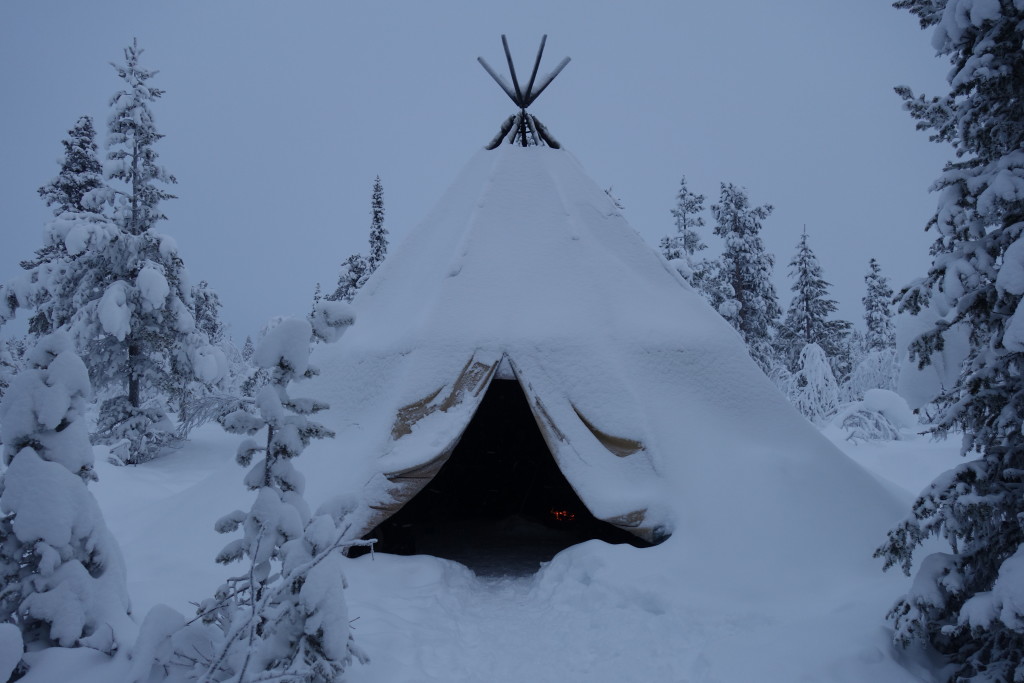
In fact, the hardest part of being in the Arctic was confronting the thoughts that I’d actively avoided for so many years. Addressing them as I quietly slid through miles of untouched snow, however, gave me the clarity to realise that by staying within my comfort zone, I’d actually missed out on countless opportunities and experiences. Most frustratingly, these missed opportunities were simply down to my own self-imposed constraints and boundaries that I thought were protecting me. I had seemingly faced my biggest fear, yet what I thought would be mentally ‘dangerous’ was quickly turning into the most memorable and rewarding experience of my life: another one of anxiety’s ironies suddenly hitting me hard.
Time passed fast in Lapland – not helped by the meagre four hours of winter sun each day – and as we harnessed our dogs up for the final afternoon of sledding back to camp, I felt torn between my desire to be reunited with a fully-functioning toilet and not wanting the experience to end. Fortunately, however, the Arctic was clinging onto one last surprise for our final night in this icy paradise.
Related reading: Adventures with Anxiety
Snug inside the Mushers’ Lodge by a roaring fire, a sudden freezing wind blew in as our guide flew through the door. ‘We have a final surprise for you outside, but you need to hurry,’ he shouted, before disappearing back into the night. Disappointed that our other guides’ stories of wild wolverines (they kill for fun did you know?), had been interrupted, I begrudgingly scuttled outside as fast as I could in overalls, and four thermal layers. I wondered if maybe an Arctic Fox had come to bid us farewell.
However, staggering into the freezing night, my eyes were instantly drawn upwards to the vivid blue and green swirls that danced across the starry night. Unparalleled to anything I’d witnessed before, I stood enchanted by one of nature’s greatest spectacles: The Northern Lights.
Scampering over to join my fellow adventurers, huddled together like penguins, we gazed up into the night; none of us daring to reach for a camera for fear of missing a single moment. Even the huskies politely fell silent for the short moment we stood open-mouthed, watching minty blue swirls dance across the midnight sky. It was the perfect end to a magical trip and I felt hugely smug. Nervous Claire from Milton Keynes had done it. She’d done it.
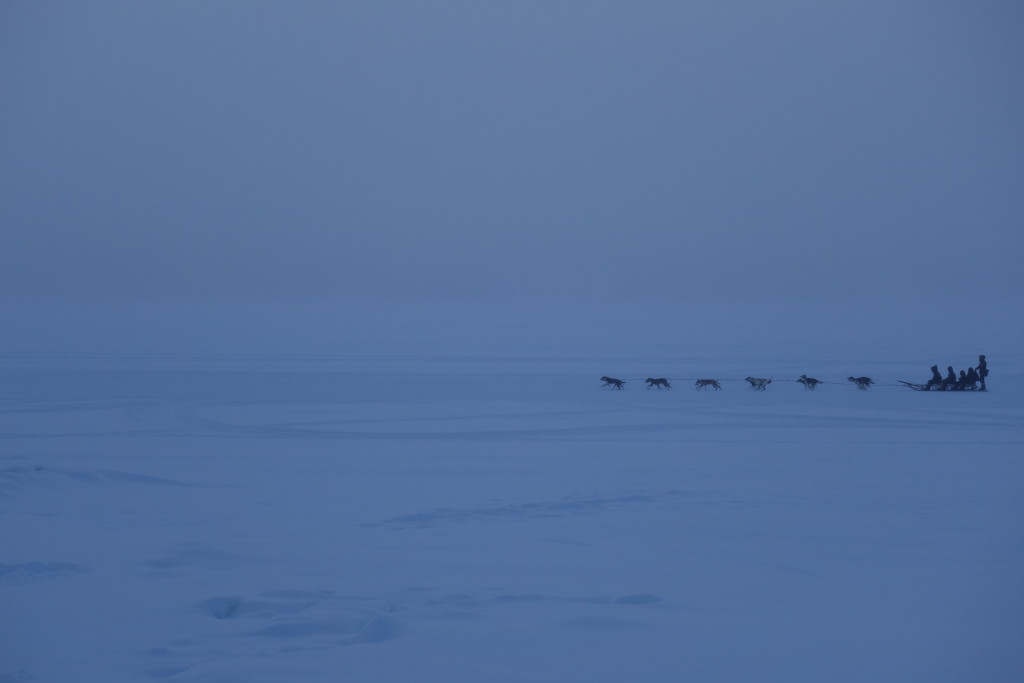
For the anxious brain, the thought of a week-long expedition without phone signal, electricity, running water or day-to-day comforts, is an alarming one. Resigned to moments of panic, all alone in my sleeping bag each night, I had headed into my trip preparing for the worst. What I experienced, however, was the exact opposite. It’s cliché to say, but putting myself in the most uncomfortable situation that my anxious brain could fathom was, in fact, the most beneficial thing I could do for breaking the habits that had fed my panic disorder for so long.
Related reading: 5 Ways to Deal with an Anxiety Relapse
I returned from the trip with a new-found confidence that I’d lacked since my first panic attack in that stuffy school hall 15 years earlier; those five days teaching me more about my approach to anxiety and panic attacks than any self-help book had ever done.
They say the things that scare you most are the most worthwhile, and after my Arctic Adventures I’d have to agree. Learning to truly tackle anxiety and panic attacks didn’t come from staying within my comfort zone, but instead were found by facing my biggest fears – including five days without a toilet.
In the words of my little card, ‘Feel the fear and do it anyway.’
This week we’ll be publishing a selection of other essays in order to support Mental Health Awareness Week 2019 – so please stay tuned.
